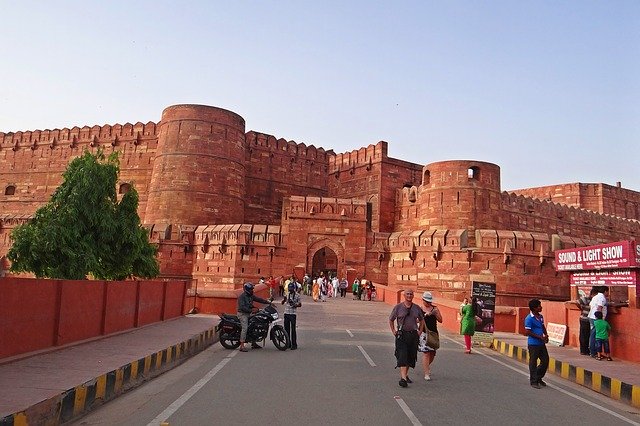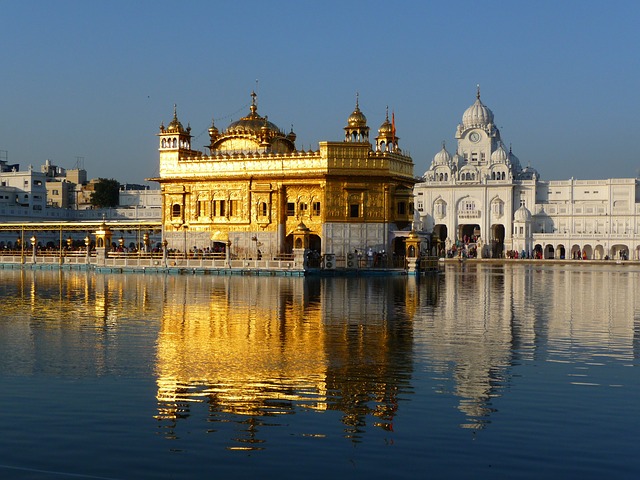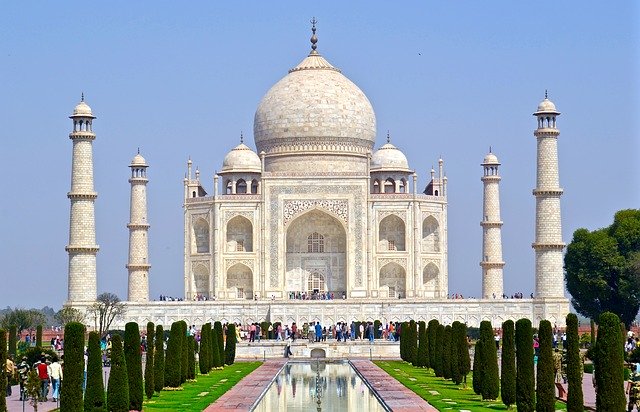Indian Art
Indian art consists of a variety of art forms, including painting, sculpture, pottery, and textile arts such as woven silk. Geographically, it spans the entire Indian subcontinent, including what is now India, Pakistan, Bangladesh, Sri Lanka, Nepal, Bhutan and eastern Afghanistan. A strong sense of design is characteristic of Indian art and can be observed in its modern and traditional forms.
The origin of Indian art can be traced to pre-historic settlements in the 3rd millennium BC. On its way to modern times, Indian art has had cultural influences, as well as religious influences such as Hinduism, Buddhism, Jainism, Sikhism and Islam. In spite of this complex mixture of religious traditions, generally, the prevailing artistic style at any time and place has been shared by the major religious groups.
Mauryan art (c. 322 BCE – c. 185 BCE)

Mauryan art is the art, mostly sculpture, produced during the period of the Mauryan Empire, which was the first empire to rule, at least in theory, over most of the Indian subcontinent, between 322 and 185 BCE. It represented an important transition in Indian art from use of wood to stone. It was a royal art patronized by Mauryan kings especially Ashoka. Pillars, Stupas, caves are the most prominent survivals.
The most significant remains of monumental Mauryan art include the remains of the royal palace and the city of Pataliputra, a monolithic rail at Sarnath, the Bodhimandala or the altar resting on four pilars at Bodhgaya, the rock-cut chaitya-halls in the Barabar Caves near Gaya including the Sudama cave bearing the inscription dated the 12th regnal year of Ashoka, the non-edict bearing and edict bearing pillars, the animal sculptures crowning the pillars with animal and vegetal reliefs decorating the abaci of the capitals and the front half of the representation of an elephant carved out in the round from a live rock at Dhauli.
Know MoreBuddhist Art
Greco-Buddhist art is the artistic manifestation of Greco-Buddhism, a cultural syncretism between the Classical Greek culture and Buddhism. Greco-Buddhist art is characterized by the strong idealistic realism and sensuous description of Hellenistic art and the first representations of the Buddha in human form, which have helped define the artistic (and particularly, sculptural) canon for Buddhist art throughout the Asian continent up to the present. It is also a strong example of cultural syncretism between eastern and western traditions.
The origins of Greco-Buddhist art are to be found in the Hellenistic Greco-Bactrian kingdom (250–130 BC), located in today’s Afghanistan, from which Hellenistic culture radiated into the Indian subcontinent with the establishment of the Indo-Greek kingdom (180–10 BC). Under the Indo-Greeks and then the Kushans, the interaction of Greek and Buddhist culture flourished in the area of Gandhara, in today’s northern Pakistan, before spreading further into India, influencing the art of Mathura, and then the Hindu art of the Gupta empire, which was to extend to the rest of South-East Asia. The influence of Greco-Buddhist art also spread northward towards Central Asia, strongly affecting the art of the Tarim Basin, and ultimately the arts of China, Korea, and Japan.
Know More
Gupta Art

Gupta art is the art of the Gupta Empire, which ruled most of northern India, with its peak between about 300 and 480 CE, surviving in much reduced form until c. 550. The Gupta period is generally regarded as a classic peak and golden age of North Indian art for all the major religious groups. Although painting was evidently widespread, the surviving works are almost all religious sculpture. The period saw the emergence of the iconic carved stone deity in Hindu art, while the production of the Buddha-figure and Jain tirthankara figures continued to expand, the latter often on a very large scale. The traditional main centre of sculpture was Mathura, which continued to flourish, with the art of Gandhara, the centre of Greco-Buddhist art just beyond the northern border of Gupta territory, continuing to exert influence. Other centres emerged during the period, especially at Sarnath. Both Mathura and Sarnath exported sculpture to other parts of northern India.
It is customary to include under "Gupta art" works from areas in north and central India that were not actually under Gupta control, in particular art produced under the Vakataka dynasty who ruled the Deccan c 250–500. Their region contained very important sites such as the Ajanta Caves and Elephanta Caves, both mostly created in this period, and the Ellora Caves which were probably begun then. Also, although the empire lost its western territories by about 500, the artistic style continued to be used across most of northern India until about 550, and arguably around It was then followed by the "Post-Gupta" period, with (to a reducing extent over time) many similar characteristics; Harle ends this around 950.
Know More


